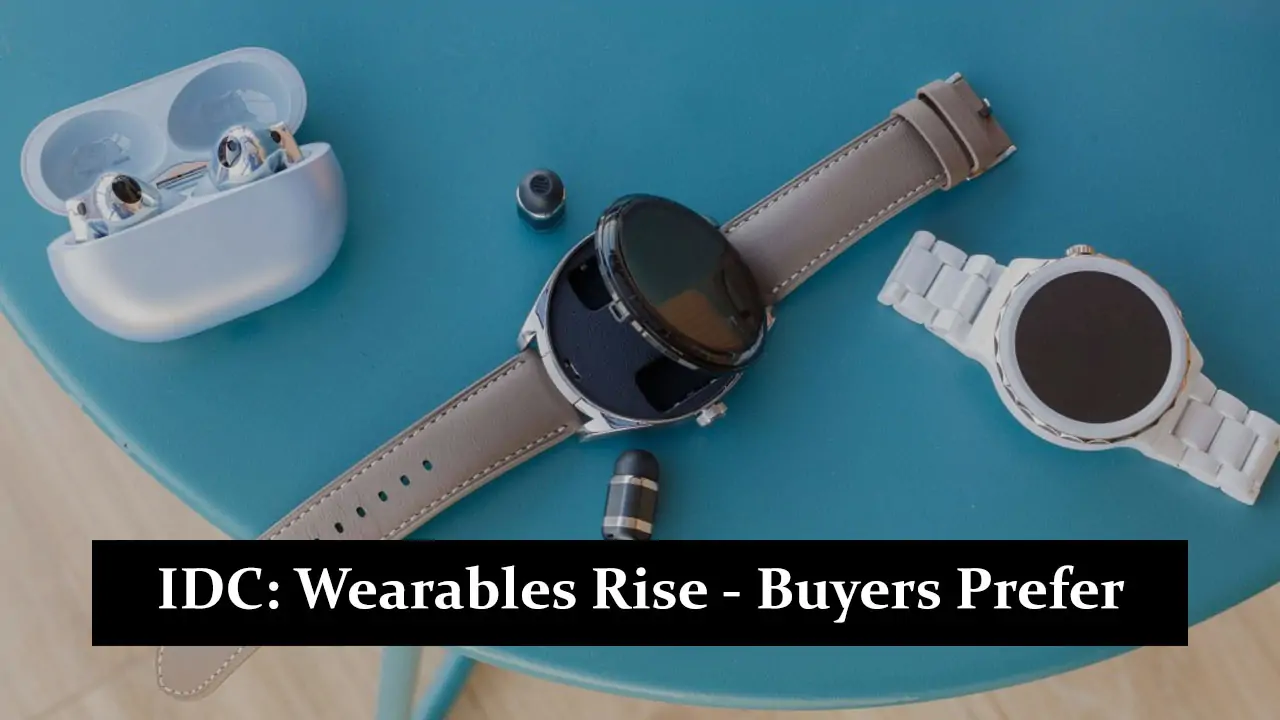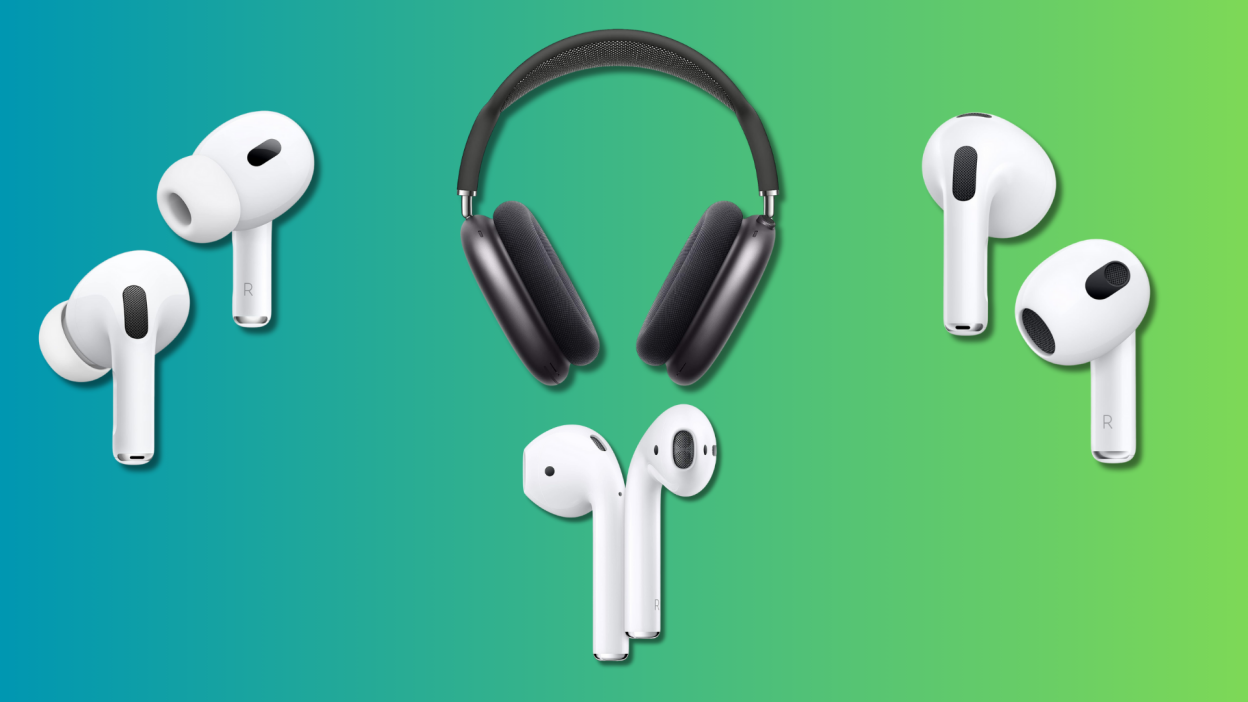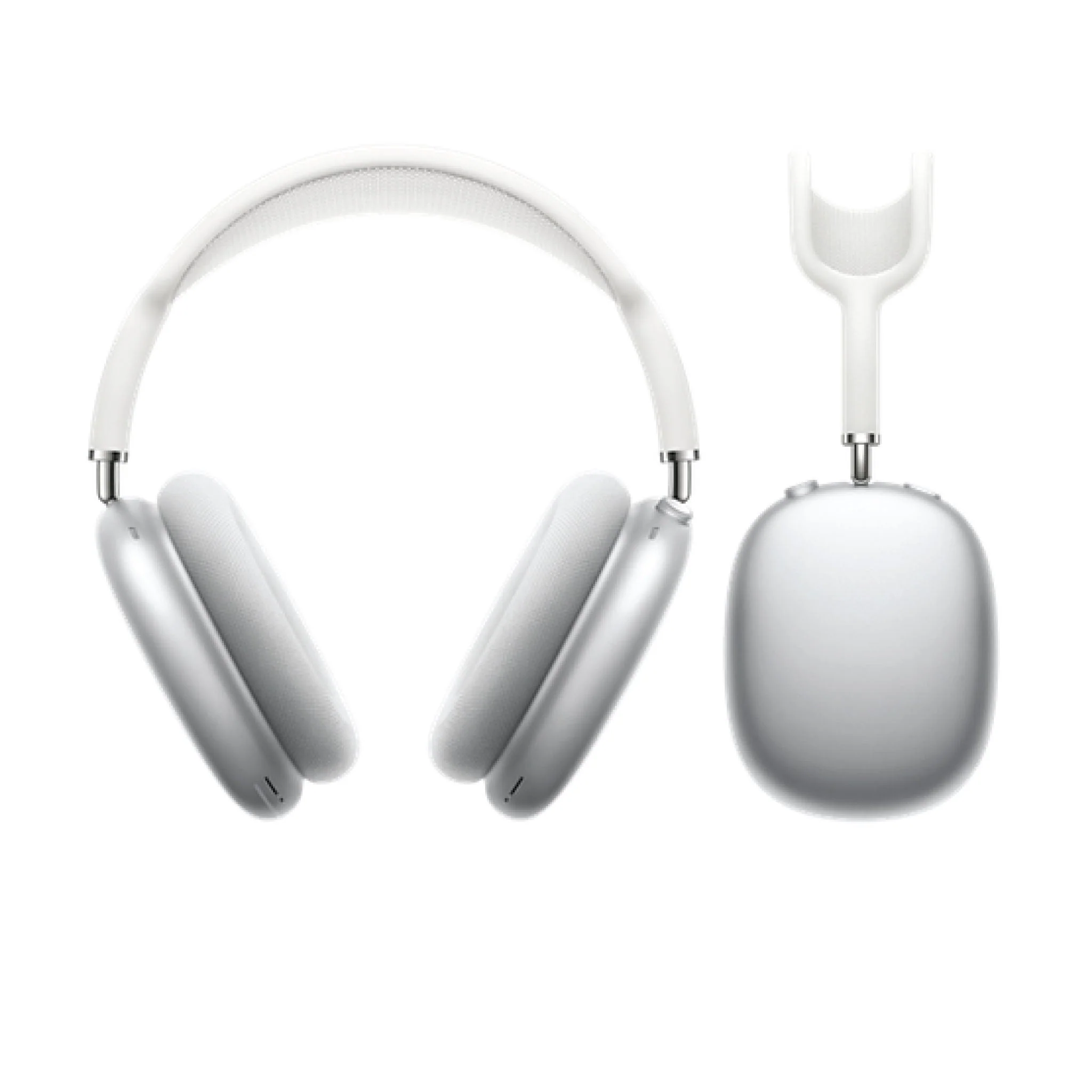According to IDC’s Worldwide Quarterly Wearable Device Tracker, the wearables industry grew 8.8% in the first quarter of 2024. Despite the overall growth, the market continues to trend toward more affordable models, marking the fifth consecutive quarter of declining Average Selling Prices (ASP).
Analysts at IDC note that consumers are increasingly opting for mid-range and entry-level wearables over premium models, contributing to the falling ASPs. However, this trend might shift with the anticipated arrival of advanced sensors capable of measuring metrics like blood pressure and glucose levels, potentially boosting the popularity of high-end devices.
Smaller regional brands are capitalizing on this shift, enjoying a rise in popularity with their cost-effective offerings.
Apple remains the market leader in brand performance, though its market share has decreased by almost 19% year-over-year. This decline is attributed partly to a sales ban, feature removals, and the company’s slow pace in refreshing its headphone lineup. The latest models from Apple include the AirPods 3rd generation from late 2021, the AirPods Pro 2nd generation from late 2022, and the older AirPods Max from 2020.
Xiaomi, on the other hand, has shown remarkable growth, increasing by nearly 44% year-over-year. The company’s return to Wear OS has been particularly successful, making Xiaomi the third-largest Wear OS manufacturer.
Huawei has overtaken Samsung for third place, bolstered by its resurgence in the smartphone market, positively impacting its wearable division. Despite Samsung’s popular Galaxy Fit3, which attracted customers with its lower price, the brand has struggled with declining sales in its Galaxy Watch segment. Nevertheless, Samsung’s growth of 13% in Q1 still surpasses the industry average.
Imagine Marketing, perhaps better known through its “boAt” brand, holds fifth place. While the brand’s headphones have experienced a 17.5% increase in sales, its smartwatch sales have plummeted by 61.3%.






